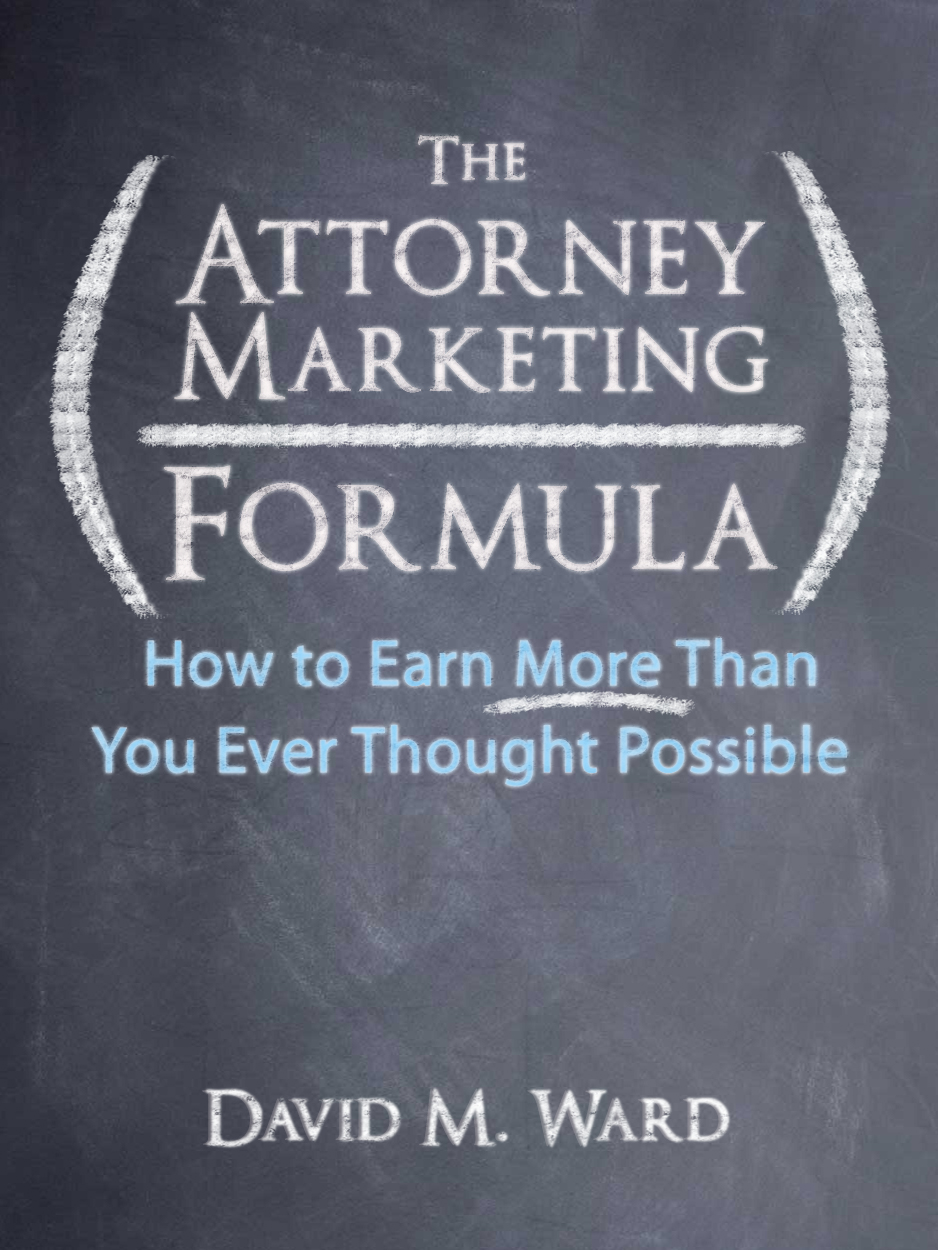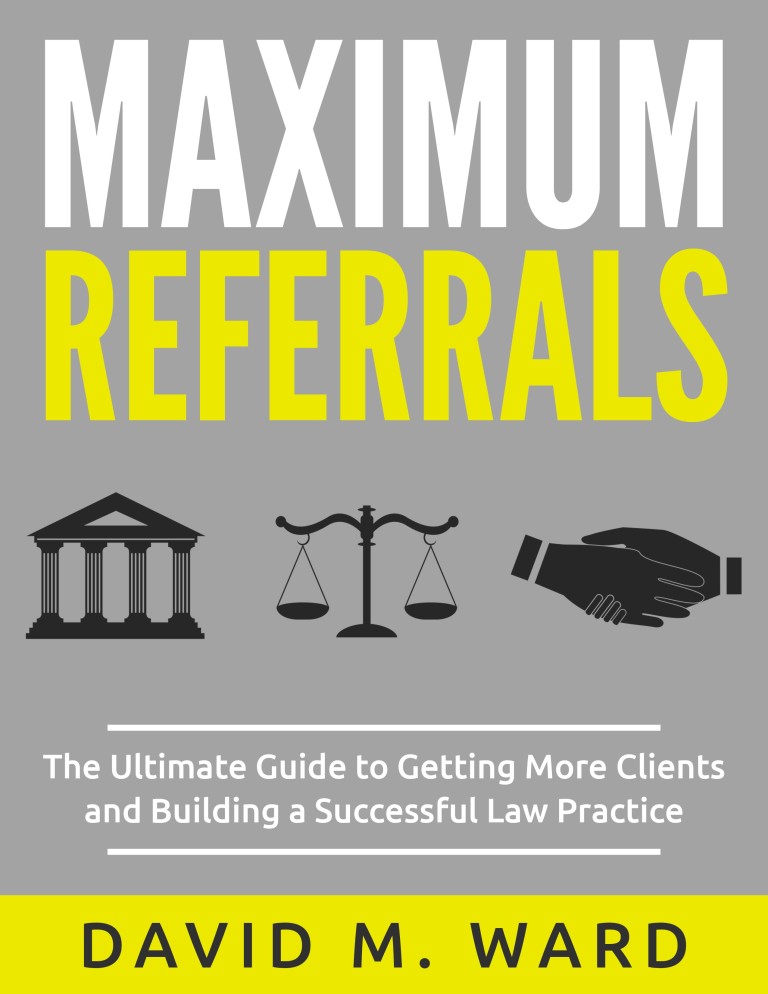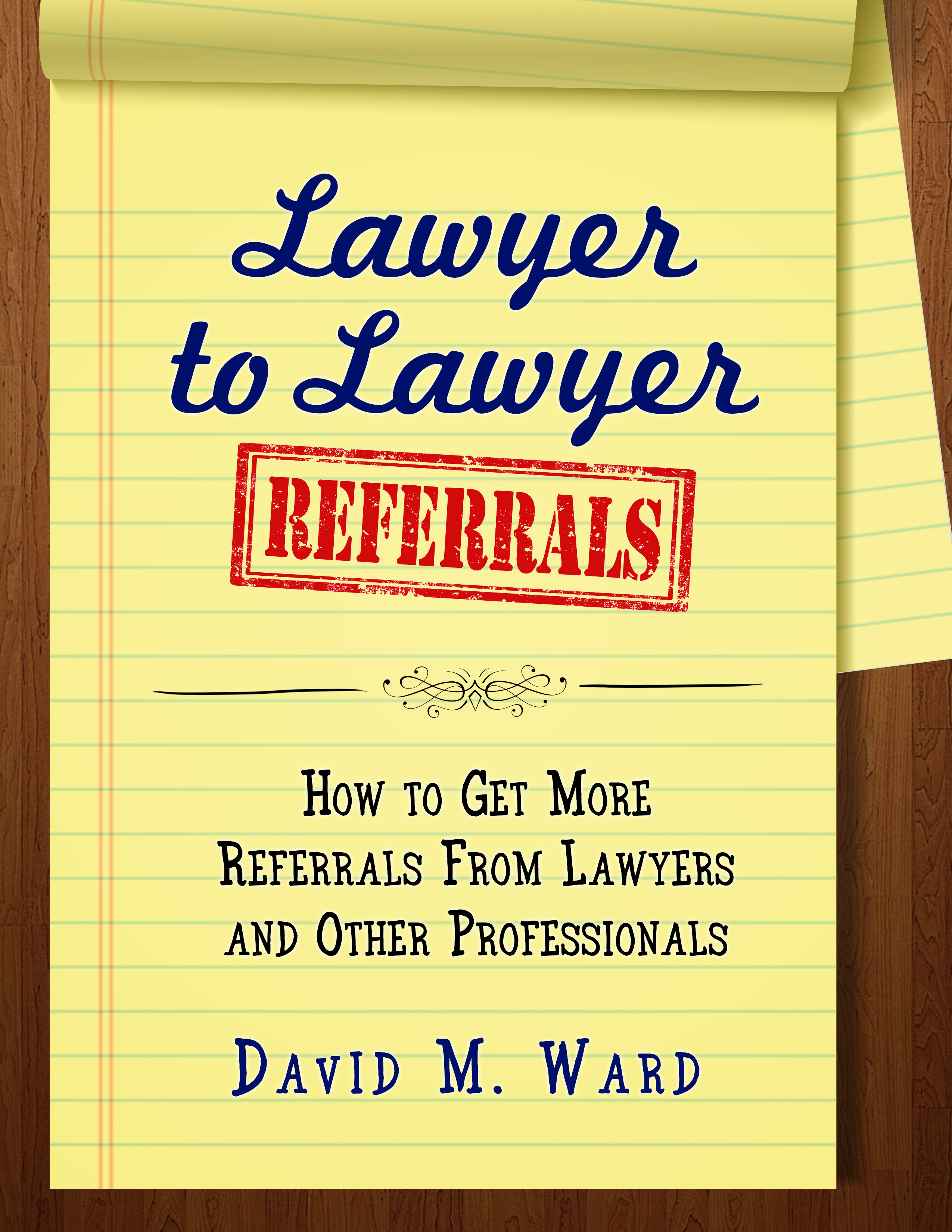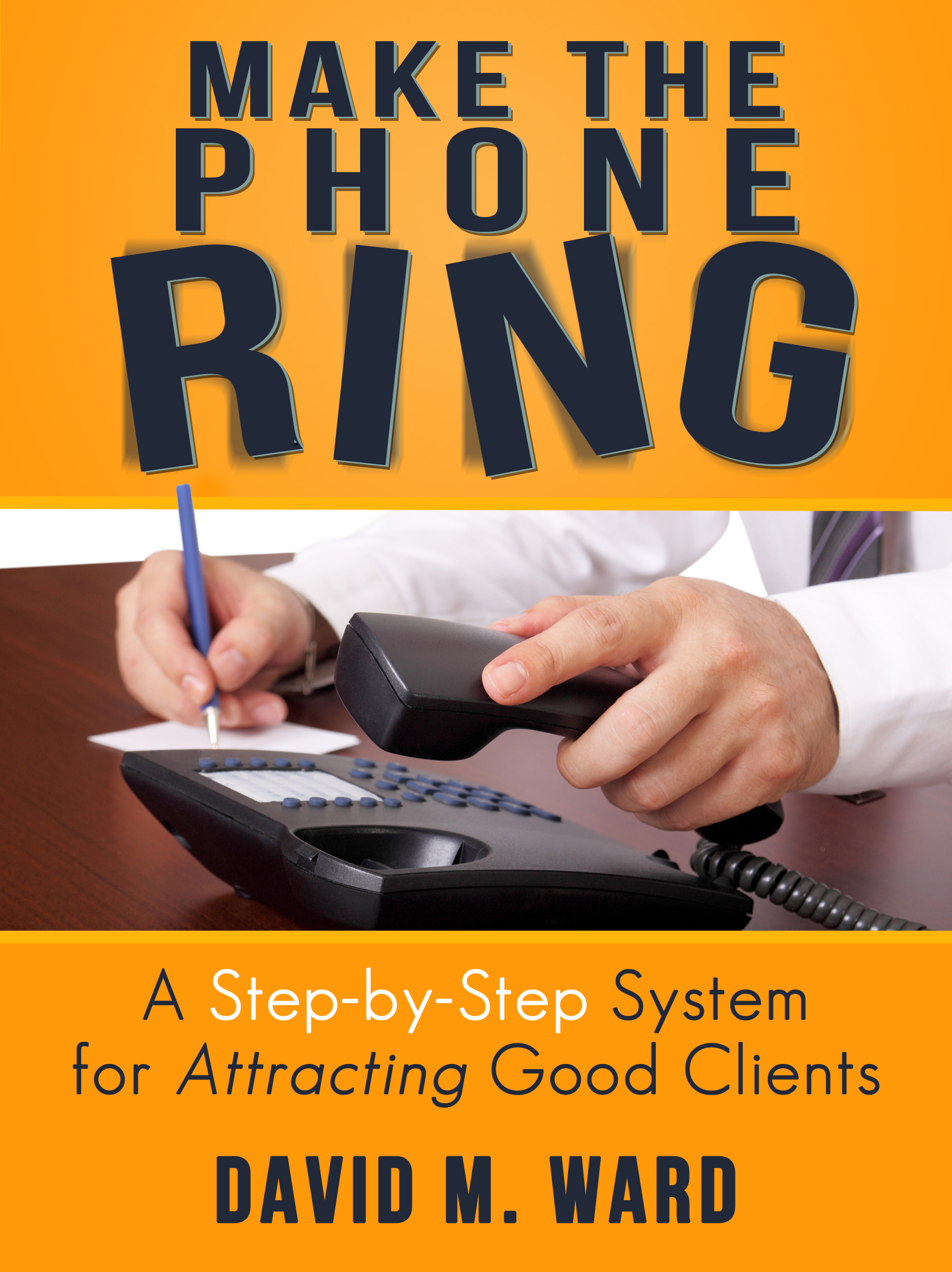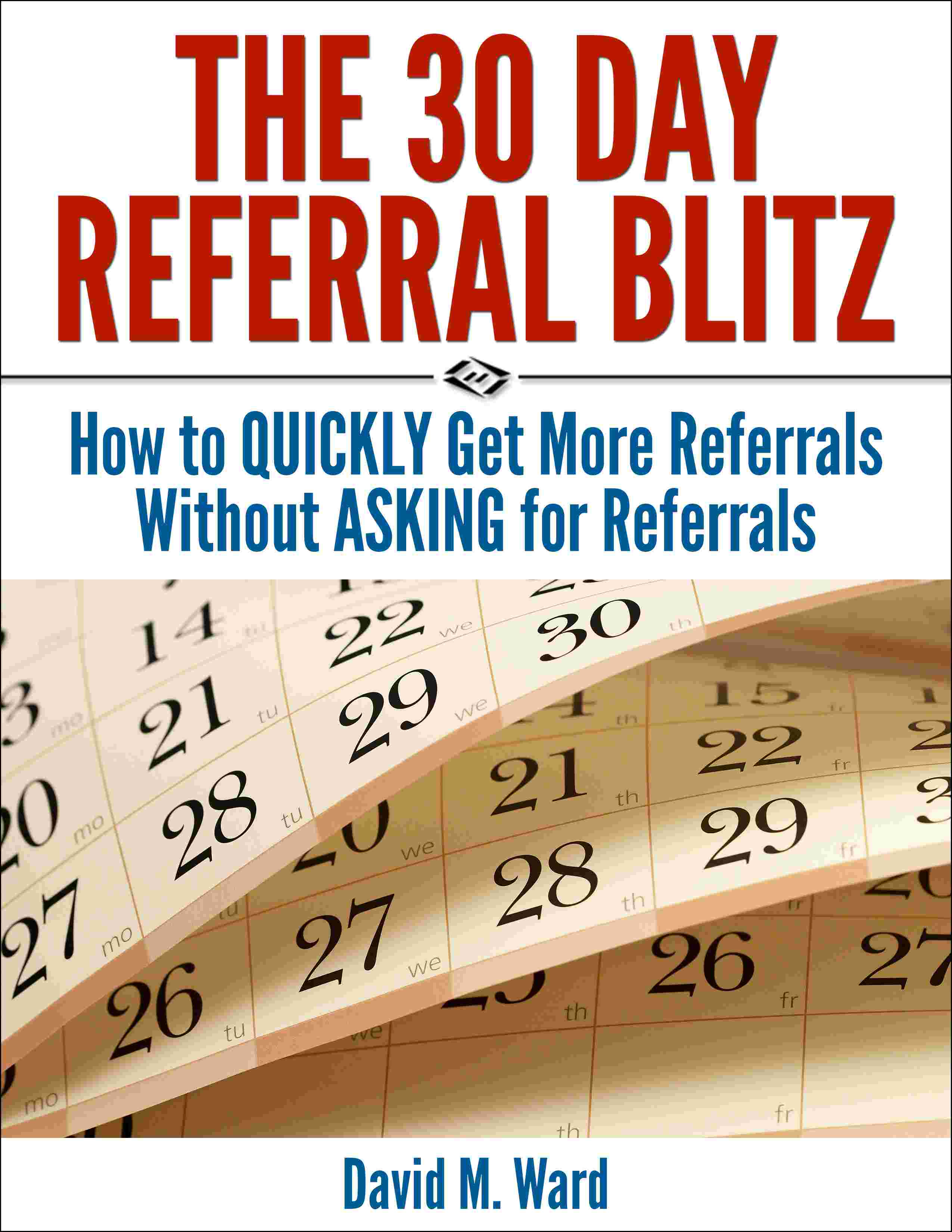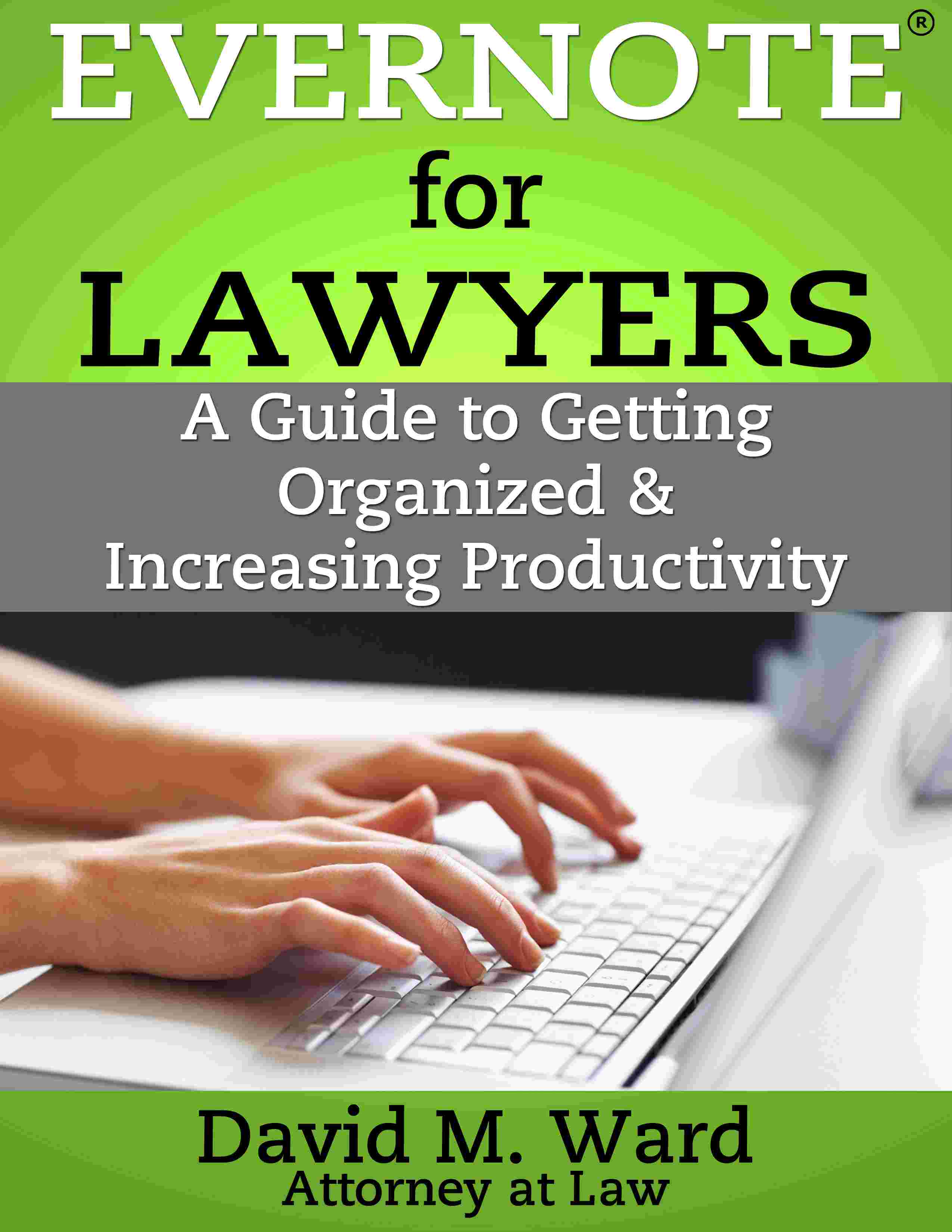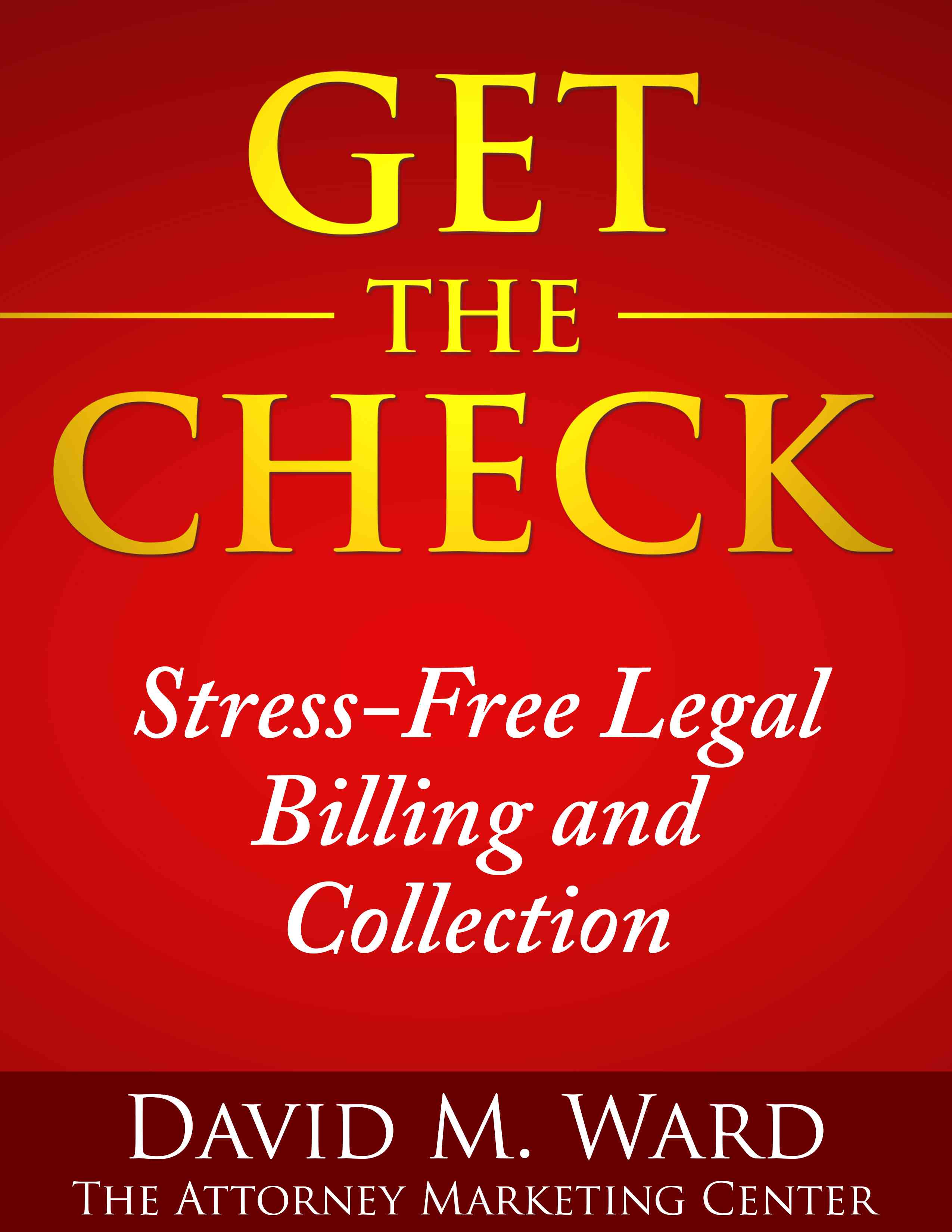A client tells you what they want, but what they want isn’t necessarily what they need.
They tell you they want surgery to repair their medical problem and need money to pay for it. What they need is a second opinion, more options other than surgery, and if there are no other options, only then money to pay for the surgery.
The client tells you they want a divorce. What they need is information and advice about separation, support, custody, counseling, and a path to reconciliation.
What the client (says) they want isn’t necessarily what they need. They may not know their options, fully understand them, or appreciate their significance.
The best lawyers educate their clients and help them understand their options, and why the course of action their lawyer is recommending is their best choice.
When you educate your clients,
- The client can get what they want AND what they need
- The lawyer ends up with a satisfied client, or at least a client who makes an informed decision and doesn’t blame the lawyer for a negative outcome
- The lawyer’s reputation for knowledge, understanding and patience grows, attracting more clients
Educating your clients is a big part of the job. You can (and should) start doing that job before anyone hires you.
Teach the marketplace about the basics in newsletters, blog posts, seminars, or videos. They will still need to hire you to get your advice about their specific situation.
If you do a good job of educating them, they will.

